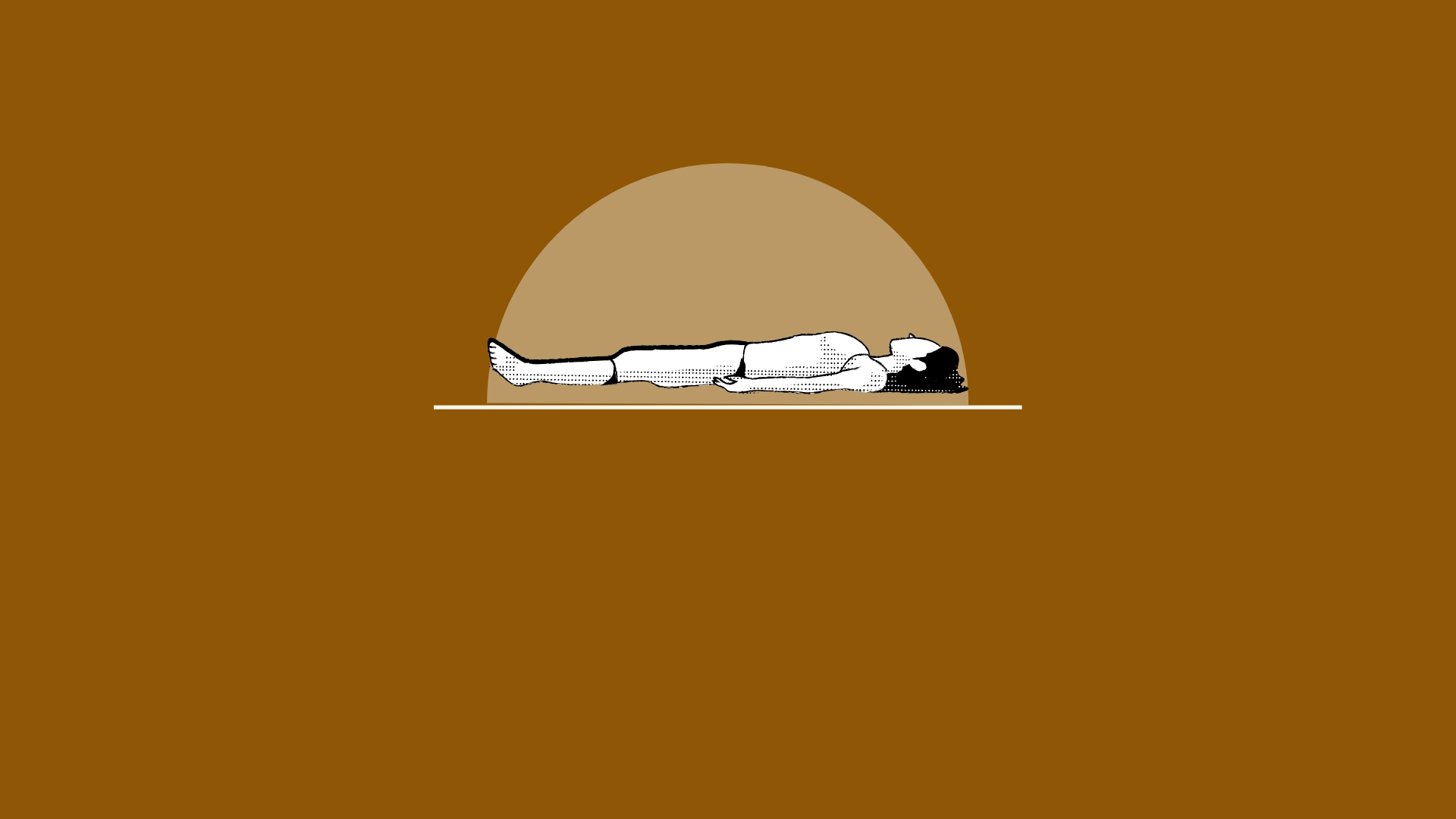
Begin Again in Stillness.
-
Feel it.
This isn’t about fixing what’s broken — it’s about noticing what’s alive.
You’ll begin by meeting the body with presence, letting the nervous system settle, and allowing stored emotion to soften its grip. -
Hear it.
As you drop deeper, the noise quiets.
Here, you’ll explore the stories you've carried — survival instincts, protection patterns, and inherited beliefs — not to solve them, but to listen in a new way. -
Release it.
Rest is not the absence of effort — it's the return of trust. In stillness, you’ll begin to release what no longer belongs to you. The body remembers how. Your breath already knows the way.
Rest is the Return.
Most of us are walking through life in a constant state of vigilance.
The body is tense.
The breath is shallow.
The mind never stops scanning.
Yoga Nidra offers another way.
It’s not meditation in the traditional sense.
It’s not sleep either.
It’s a liminal space — between awareness and surrender — where your nervous system finally feels safe enough to release.
In that stillness, your body begins to remember:
how to feel without fear,how to rest without guilt,how to live without armor.
This series was created to support that return —with no fixing, no forcing,just space to listen and softenlayer by layer.
Why Lying Down?
Because safety isn’t just a mindset — it’s a posture.
When you lie down, your spine is supported.
Your heart is not leading the charge.
Your muscles no longer have to hold you up.
The nervous system receives a signal it rarely hears:
You can stop now.
This simple shift — from upright to reclined — tells the body it’s safe to enter a different state. One where digestion, repair, and integration can actually happen.Where subconscious patterns surface, not to overwhelm you — but to be witnessed and released.
In Yoga Nidra, we meet the body on its own terms:
still, soft, receptive.Because healing begins when the body no longer needs to protect.
That lying‑down practice wasn’t improvised — it comes from Swami Satyananda Saraswati and the Bihar School of Yoga, who systematized a modern version in the 1960s inspired by the tantric ritual of nyasa (rotation of consciousness through the body)
Why Listening Matters
There’s a reason this series lives in your ears.
When we listen — truly listen —
we activate neural pathways that support regulation, memory, and emotional healing.
The human voice, especially when slow and steady, stimulates the vagus nerve, helping your body shift from fight-or-flight into rest-and-digest.
Sound moves deeper than sight.It travels through water — and your body is over 70% water.It doesn’t ask you to analyze, it invites you to receive.
✦ Listening to calm vocal tones can lower cortisol levels
✦ Guided audio slows brainwaves into alpha and theta states — where deep healing begins
✦ Repetition of voice-guided practice rewires subconscious patterns over time
This is why TRAUMA ≠ IDENTITY lives as a private podcast:so you can return to it again and again —on a walk, in bed, or anytime you need a soft thread back to your body.
Listening isn’t passive.
It’s a portal. A somatic technology. A way home.

Begin the Journey
This is not a course.
It’s not content to consume.
It’s a practice — a remembering.
Join now and receive instant access to the full 5-part series, bonus movement video, and private podcast feed.
Launch price: 555 kr
(Pricing will rise to 777 kr soon — no pressure, just rhythm.)

